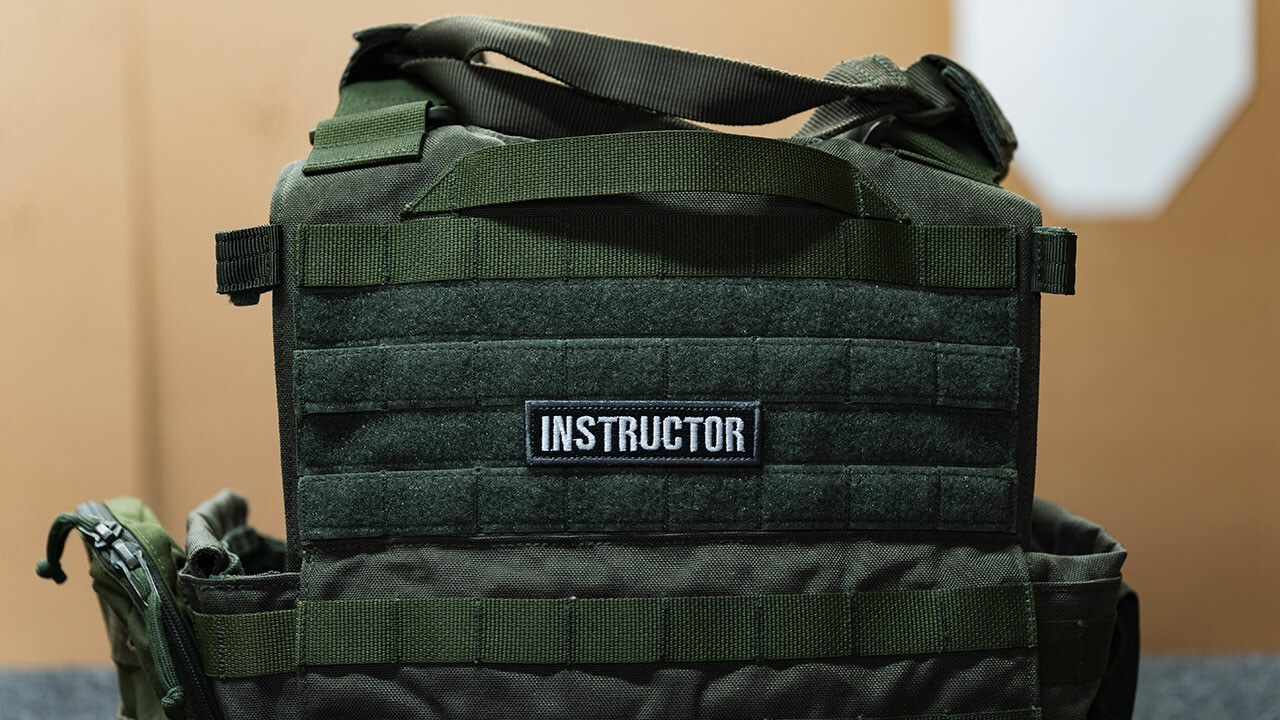
The History of Tactical Patches
Tactical patches are a part of military and first responder uniforms around the world. What is it that makes these custom patch designs so universal?
Of the many different types of custom patches in the world, tactical patches are among the most misunderstood. What do they represent? What is their purpose? And for that matter, what is a tactical patch?
For starters, a tactical patch is one that serves a purpose. It may be used to identify troops in battle, or police officers, firefighters, EMS personnel and others at disaster scenes. The tactical patch is a functional part of the gear.
Tactical patches have a distinguished history, and are an essential element of tactical gear. Let’s look at how they began and how they evolved into their current usage today.
How Tactical Patches Began In the Military
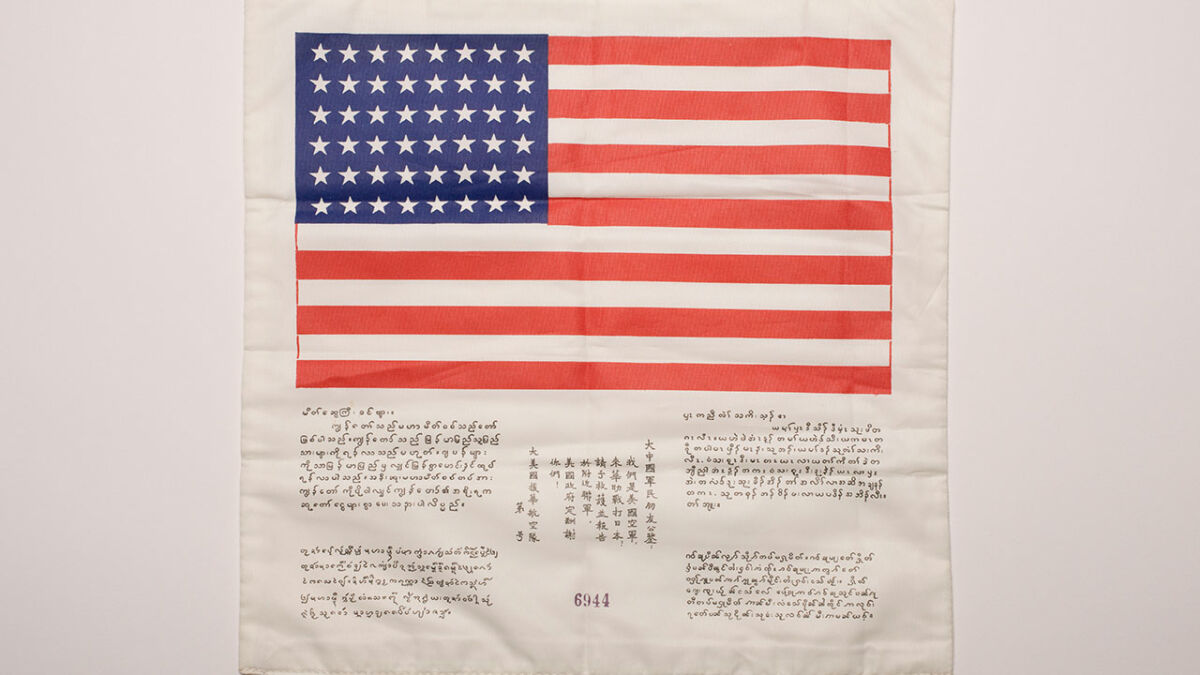
A precursor to the modern tactical patch was known as the “blood chit.” This is a notice carried by military personnel and addressed to civilians who may come across members of the armed services.
The first known example of the blood chit was issued by President George Washington in 1793. French balloonist Jean-Pierre Blanchard demonstrated his hot air balloon for the first time in the United States.
Since the direction of the balloon depended entirely on the wind, Blanchard had no control over where it might land. Because Blanchard didn’t speak English, Washington gave him a letter that all U.S. citizens were obligated to help Blanchard return to Philadelphia, his point of departure.
While not a patch as we know it, the blood chit was adapted by military units in later decades into a small message to foreign citizens (in multiple languages). Typically worn inside an aviator’s flight jacket, it identified the wearer as an American, and offered a reward for their safe return to an American unit. This eventually led to distinctive patches for military units.
Tactical patches as we know them today evolved from military shoulder sleeve insignia (SSI). These patches identify members of specific units.
The Difference Between Tactical and Morale Patches
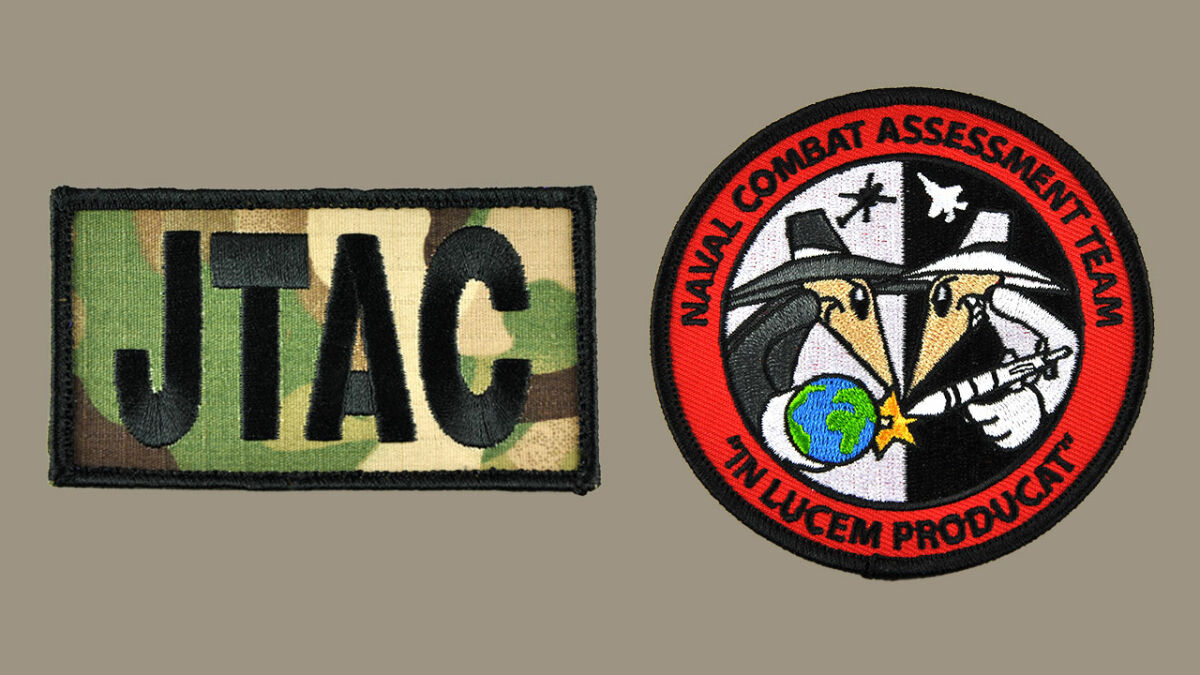
It’s easy to confuse tactical patches and morale patches. Many people use the terms interchangeably. Although there certainly are similarities between the two, there are also significant differences.
To begin with, true tactical patches are considered an official part of a uniform. Morale patches generally are not. Tactical patches may be a mandatory uniform accessory. Morale patches are not.
Because they’re part of the uniform, tactical patches are most often permanently attached. Morale patches can be sewn on, but are more commonly attached with Velcro® hook-and-loop fasteners. That allows for fast, easy removal if necessary.
Tactical patches also can have specialized functions. For example, some are visible only with night vision goggles. That enables soldiers to identify and track each other without alerting enemy forces to their location.
Tactical Patches In War
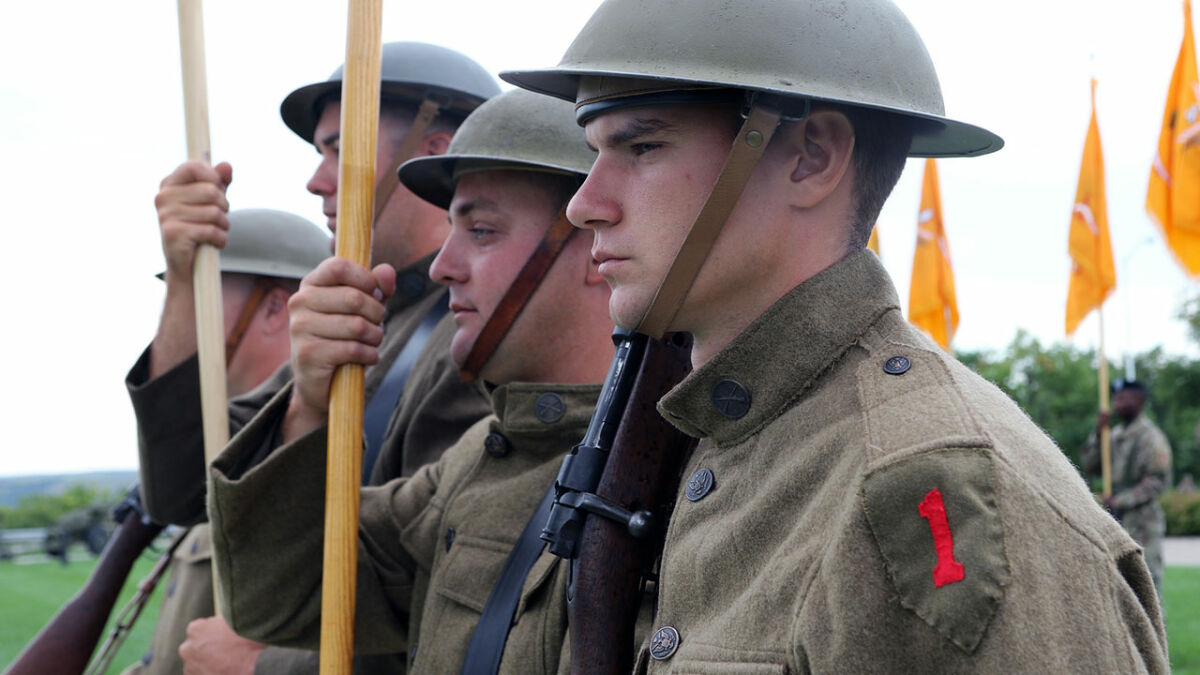
In World War I, British troops wore what were known as “battle patches,” used to identify allies. Each unit had its own unique design, a highly visible way to tell which unit an individual soldier was with.
World War II expanded the use of tactical patches even further. With so many soldiers, airmen, marines and sailors from different nations deployed, the patches became essential to identify and determine rank within such large forces.
By that time, each U.S. division had its own distinctive patch. The "Double A" patch of the 82nd Airborne Division, the "Big Red One" of the 1st Infantry Division, and the "Tropic Lightning" patch of the 25th Infantry Division are examples of patches that came to represent the dedication of those divisions’ members.
Beyond rank and unit identification, such patches were also used to indicate specialty and qualification. Paratroopers, medics and engineers were among those who wore additional patches to identify them within their specific units.
Today, tactical patches are a standard part of many military uniforms worldwide.
Beyond The Military: Tactical Patches for First Responders
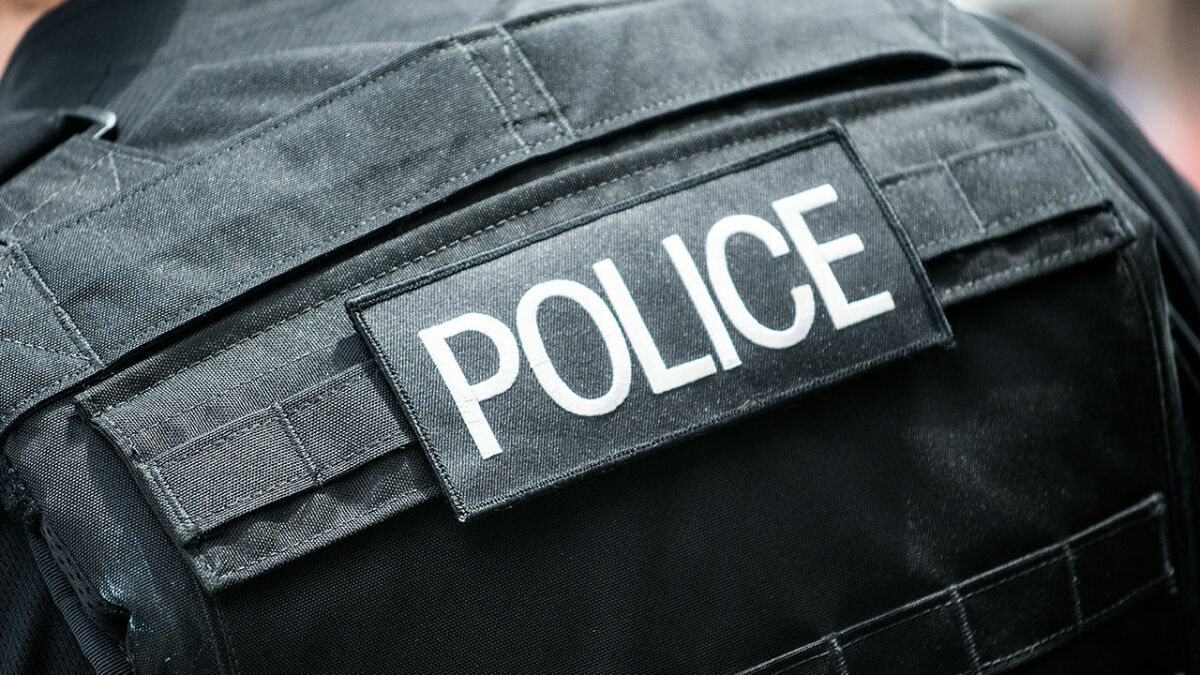
Modern tactical patches have moved beyond the military into the realm of first responders. Police officers, firefighters and EMS personnel depend on them for many of the same reasons as military personnel.
Just like in the military, tactical patches in such civilian positions can be used to indicate a specific department, division, branch or unit. They make communicating and coordinating responses easier at a glance.
For first responders working in the dark, smoke or fog, tactical patches can be a critical way to keep track of each other. Those high-visibility patches on the back of police vests or firefighters turnout coats can be lifesavers when under gunfire or battling a blaze.
Specialized Police Tactical Patches
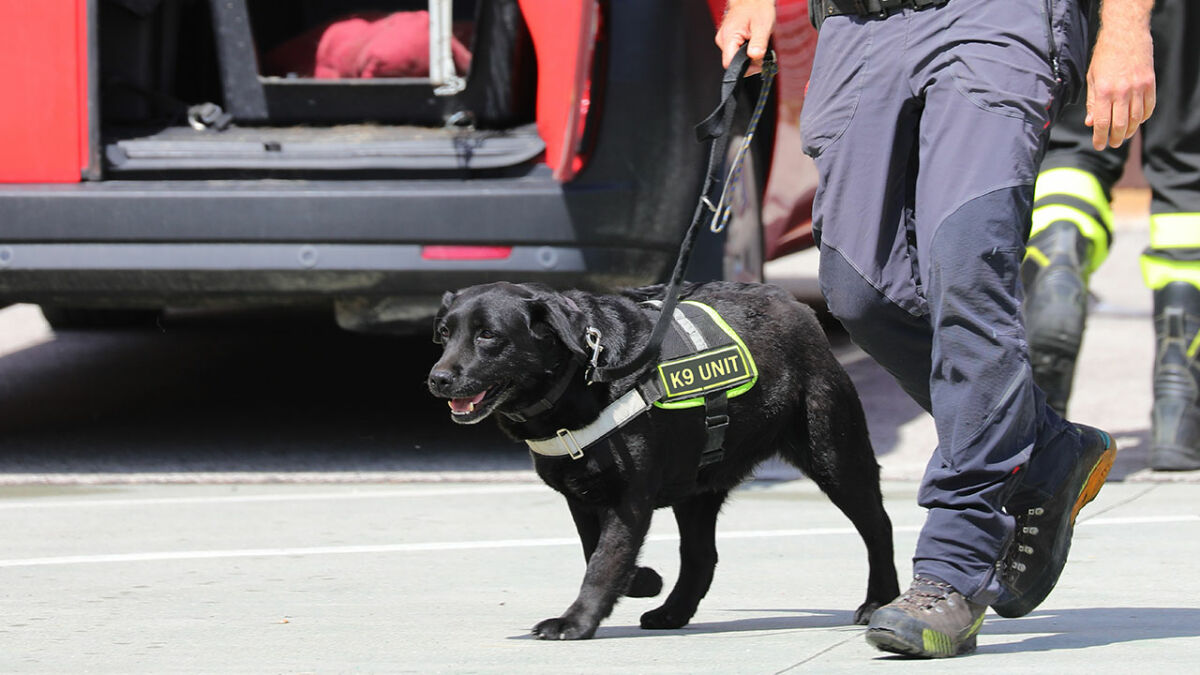
Specialized squads such as SWAT teams, K-9 units and others wear tactical patches denoting their specialty. That enables other officers to identify them quickly in high-stress situations.
Tactical patches are about more than just identification, though. They also help give the wearer a sense of pride and accomplishment. They also help build squad unity and cohesiveness, a sense that they can depend on each other when necessary.
Fire Department Patches: Tradition and Service
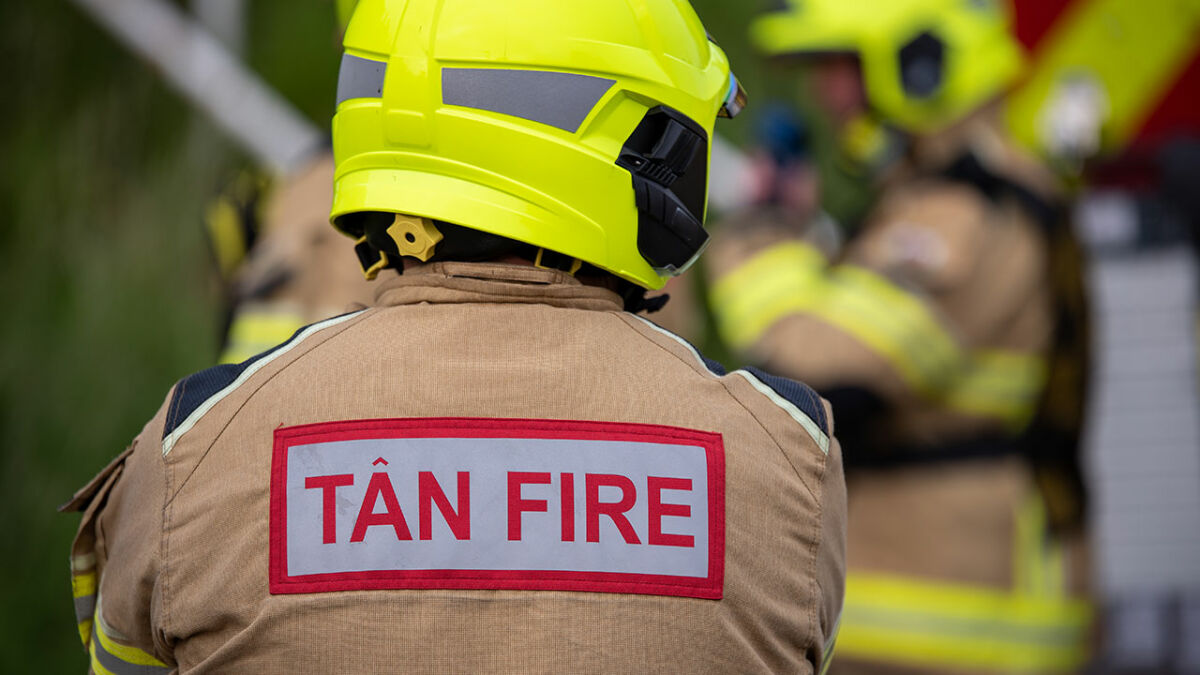
For firefighters, tactical patches that include rank can show who’s in charge at a busy fire scene, and who can relay important information as needed. They’re a crucial visual communication device at what may be a chaotic environment.
Firefighter patches also identify specific stations and squads, enabling them to coordinate responses and work together more efficiently. Specialty patches serve the same purpose as they do in police departments.
EMS Patches
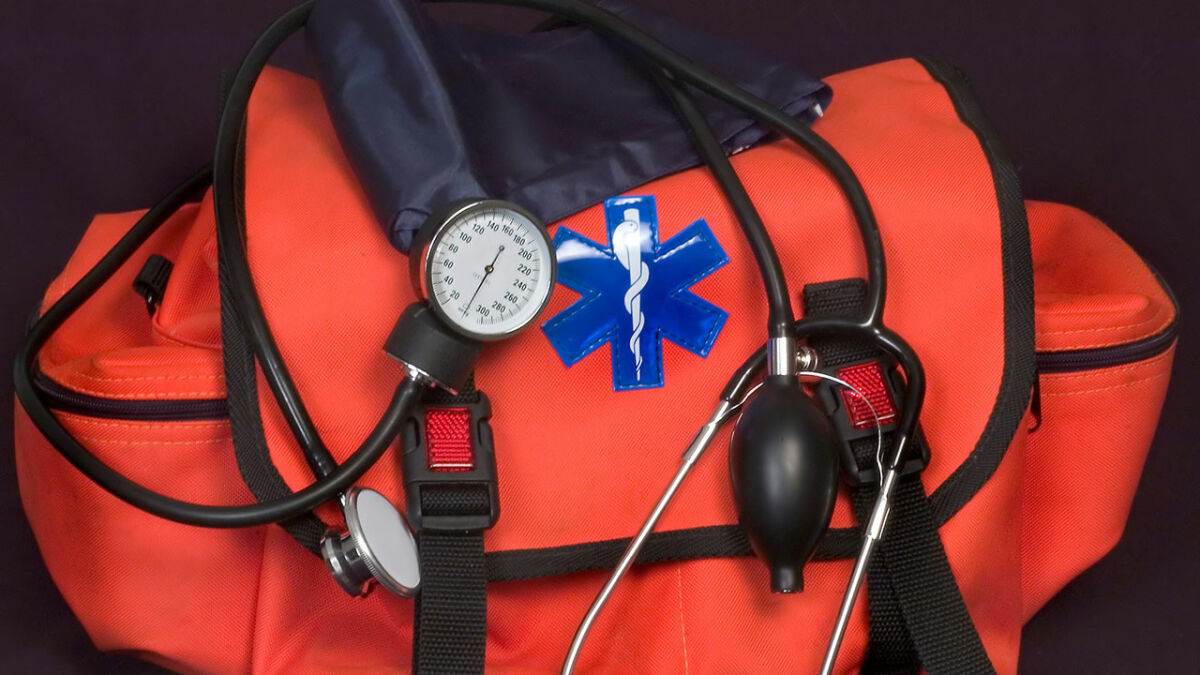
Emergency Medical Services (EMS) tactical patches, like firefighter and police patches, enable quick identification of medical personnel at emergency scenes. The patches can help bystanders, victims and other first responders find medical help fast when necessary.
The Value of Tactical Patches
It’s easy to understand the benefits of tactical patches in many situations. For military units in battle, and first responders responding to emergencies, they can be literal lifesavers. They enable squad members to identify each other, even in difficult or hazardous conditions. They allow members of the public to quickly recognize leaders and specially trained personnel.
In addition to that, custom tactical patches demonstrate accomplishment and special training of those who wear them. They help foster a sense of unity and teamwork among members of the same squad, division or department. They instill a sense of pride and achievement.
If you’d like to find out more about custom tactical patches and how they can benefit your organization, call or email us, or fill out our Free Quote form. Let us show you how useful tactical patches can be.